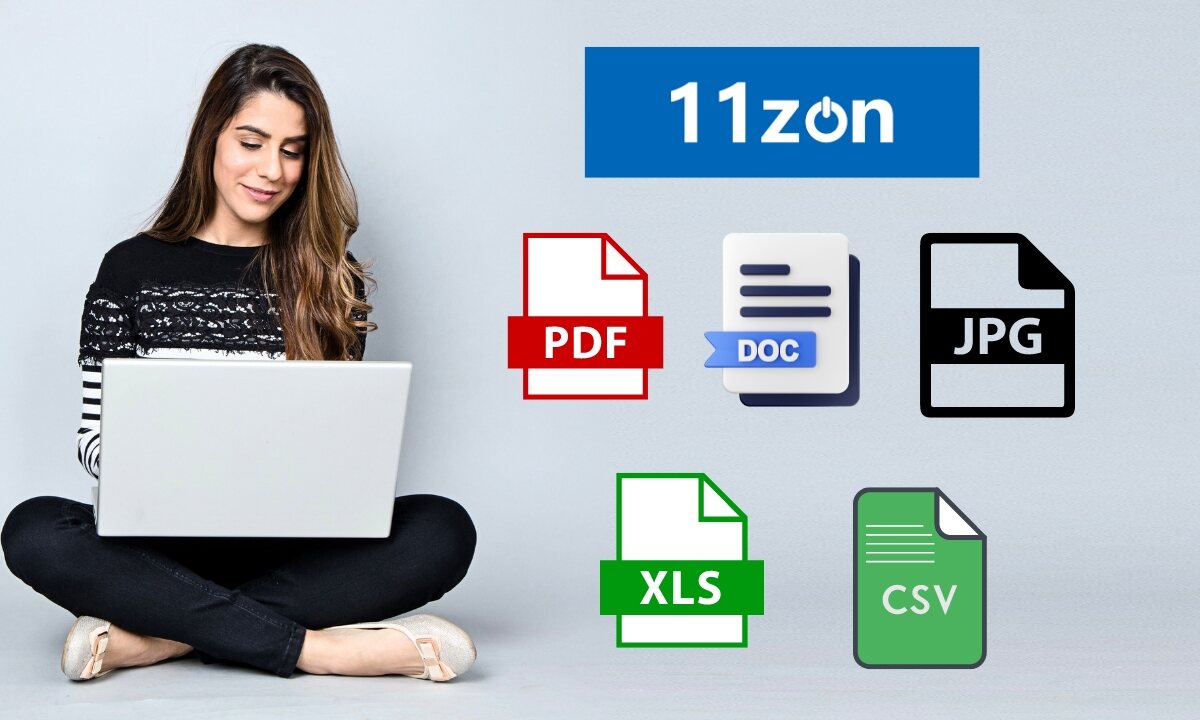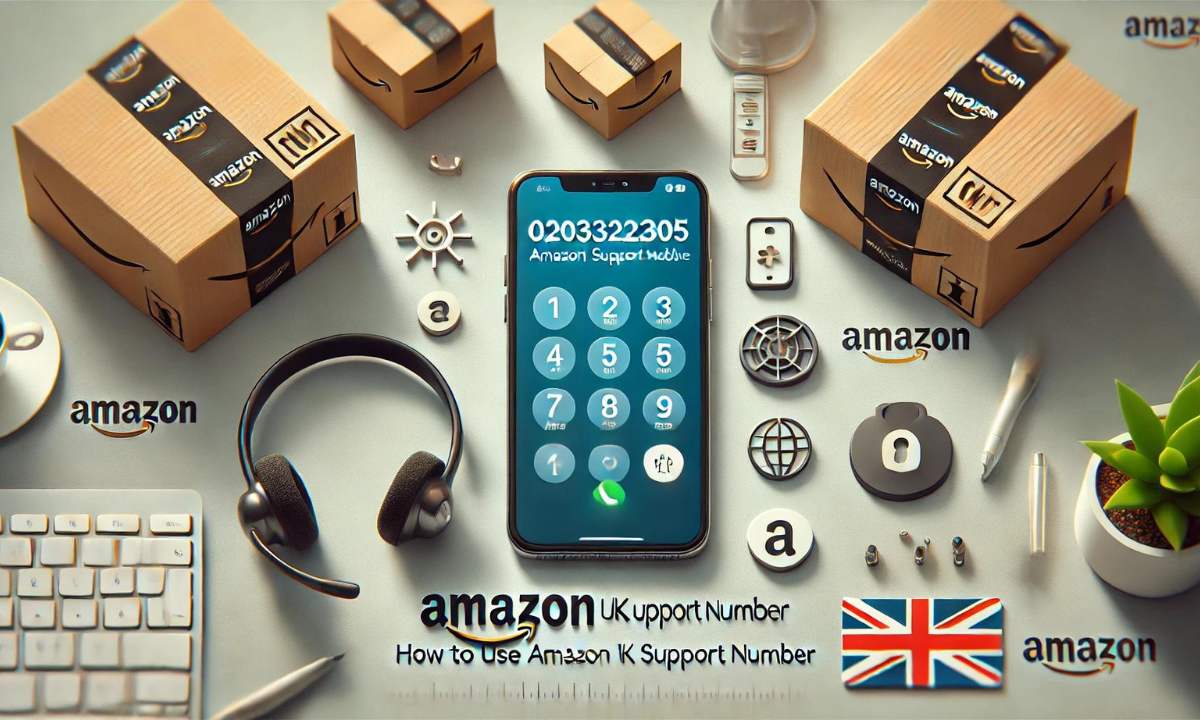It has become the norm for organizations to seek methods on making their digital resources more accessible and each day the need for accessibility testing tools increases. However, since there are various possibilities, choosing the one that will provide the best fit in your case might seem challenging at first. To simplify your selection process, focus on these five decisive factors.
- Look for Comprehensive Evaluations
When you are trying to test your website or an application for compliance and usability issues you should have a tester who looks at factors systematically. It must be searching for problems related to vision, motor, hearing and learning impairments in accordance with certain indicators. It means, the more extensive the assessment, the more appropriate you are positioned to address gaps correctly. Search for tools that integrate AI capabilities such as providing a detailed description of web flow, logical labelling of form elements, level of contrast for colour used, proper ARIA attributes identification, and other features.
- Opt for Intuitive Dashboards
The work that can be accomplished with a specific software is greatly influenced with the usability of the interface. This is particularly logistical, as complex navigation will only hold your team back and take away their ability to properly use the tool. So, select the accessibility checker which comes with the simple control panel so that you can easily organize your site, set up the schedule for the check and analyse detailed reports that are still easy to understand.
- Verify Automation Capabilities
Automated testing, on the other hand, can be more accurate when done correctly and is generally faster than manual testing over a long period of time. This means that an automated solution offers much more efficiency in terms of assessments, which are made twenty-four seven based on rules which have been set in advance. Based on your site usage, you might need to scan changes as soon as they occur, schedule regular scans, and link to CI/CD pipelines, or even scan design mock-ups. When assessing a product, check what test automation solutions can be provided or are configurable to ensure usage comfort.
- Consider Regular Updates
Depending on technologies and compliance norms you use to develop the accessibility tool, the latter should be updated to ensure effectiveness. Information about released guidelines, possibilities provided by assistive technologies support, as well as replication of user environments are critical. In addition to the software improvements, the vendor needs to offer your team access to plenty of educational materials to know the latest trends and methods.
- Compare Pricing Models
It goes without saying that budget is one of the most important factors in investments, especially for a small business. Most testers provide free plans today as a result of competition and in order to serve teams of various sizes and priorities. While using simple scanners, there is provision of free or even low-cost basic scanners for modest websites in the initial stage. However, for large enterprises that have many digital assets to manage, it is often wiser to use paid versions that cover all the necessary features, which in the long run are financially beneficial. Look at the pricing models depending on the key factors such as the number of pages, domains, users, and so on; make use of any free trials to make up one’s mind.
Conclusion
To ensure digital diversity, choosing the appropriate test automation platform is essential. Organizations may make well-informed decisions by emphasizing thorough assessments, user-friendly dashboards, automation features, frequent updates, and suitable pricing structures. The perfect tool should be efficient, and meet certain demands, as well as offer insights that can be put into practice. Ultimately, businesses may build more inclusive digital experiences for all users by investing in the appropriate accessibility testing technology.


